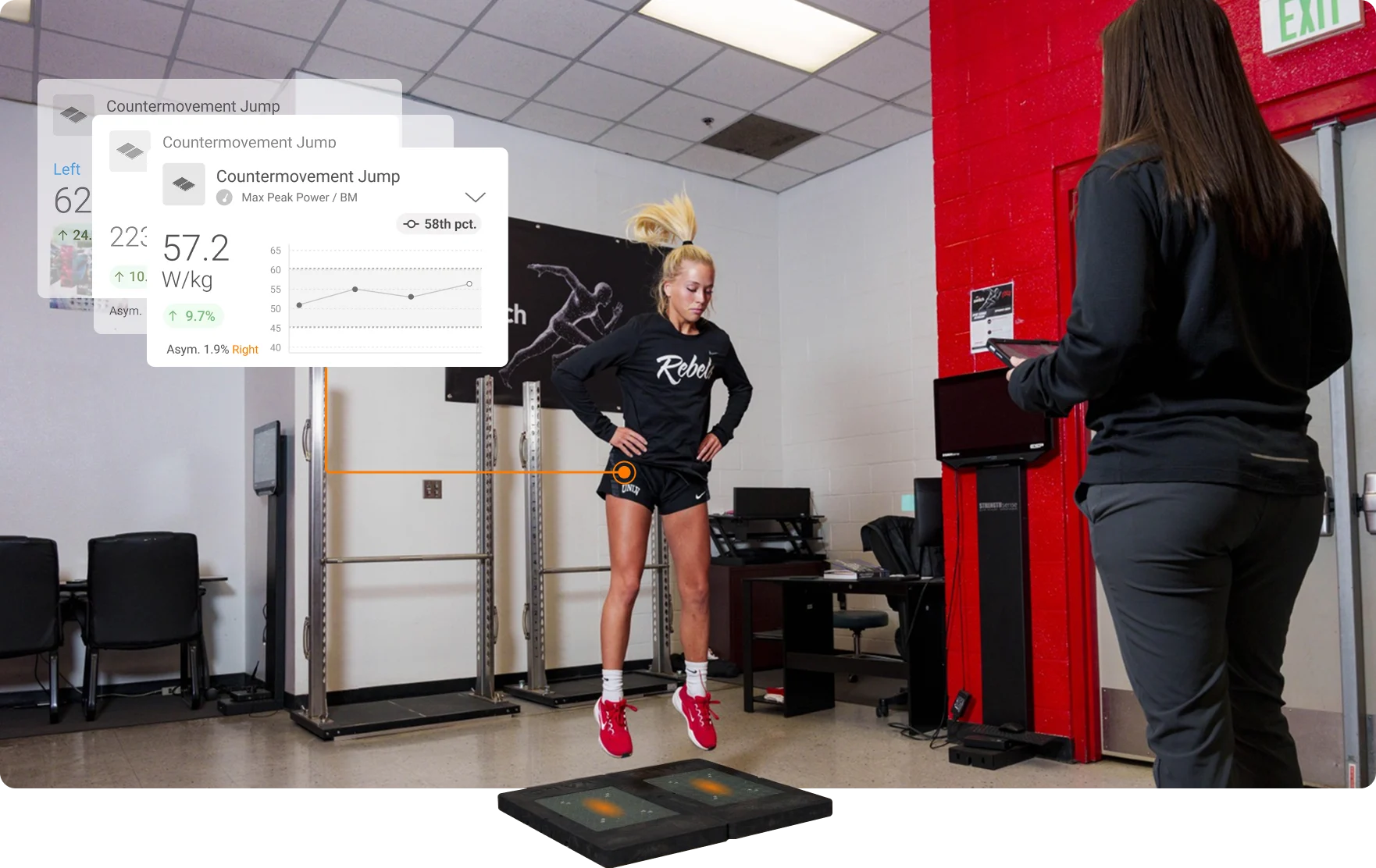
Female athletes are notoriously susceptible to more exercise-induced health consequences than their male counterparts, simply due to their genetic anatomy and physiology. The three most common and worrisome disorders are iron-deficiency anemia, amenorrhea, and stress fractures. Females need to take extra precautions when undergoing a heavy training load to avoid these potentially debilitating disorders.
Iron Deficiency
Anemia is caused by an insufficient number of healthy red blood cells in circulation and is frequently associated with iron deficiency.1 Anemia may result from blood loss from the gastrointestinal and urinary tract after intense exercise caused by transient ischemia from excessive vasoconstriction of splanchnic (GI) and renal vessels during exercise.2
The maximum amount of oxygen carried by the blood is determined by the amount of hemoglobin, an oxygen-carrying protein, in the blood. Because iron is an essential component of hemoglobin, an iron deficiency places a greater demand on the cardiovascular system due to the athlete’s reduced oxygen-carrying capacity.
Athletes have a higher risk for iron deficiency than the general population, and female endurance athletes are in the greatest danger.3 Common symptoms include:1
- Fatigue
- Irritability
- Moodiness
- Headaches
- Impaired concentration, potentially worsening to lightheadedness upon standing
- Pica (non-food cravings, such as ice)
- Brittle nails
- Sore tongue
- Shortness of breath
Iron supplementation with ferrous sulfate is highly recommended for female endurance athletes. Correcting the deficiency can lead to enhanced performance and health status.
Amenorrhea
Amenorrhea is a disorder of absent menstruation characterized by at least three consecutive missed cycles.4 High-risk lifestyle factors include low body weight (>10% under normal), excessive exercise, and stress.4
Amenorrhea occurs more frequently in female athletes than women in general because strenuous activity causes metabolic alterations in the endocrine system, leading to severe hormonal disturbances.5 Exercise-induced amenorrhea results from decreased follicle-stimulating hormone (FSH) and luteinizing hormone (LH); a lack of these two hormones disrupts the hypothalamic center in the brain, responsible for hormone signaling. This decreases estrogen levels.5
Estrogen is a key player in developing and maintaining the body’s immune system, so depleting this hormone leads to increased susceptibility to infections, including upper respiratory tract infections.5 If no intervention occurs, a predisposition to infertility and progression to refractory amenorrhea (second-grade) with decreased bone density (osteopenia) will likely follow.5
Stress Fractures
A stress fracture occurs when the body is unable to absorb the shock of impact on some surfaces, typically due to overuse and fatiguing muscles. Both iron-deficiency anemia and amenorrhea are linked to secondary decreased bone mineral density and stress fractures when female athletes ignore early signals and symptoms.2
Iron-deficiency anemia and amenorrhea are linked to stress fractures in female athletes. Share on XInterleukin-6 (IL-6) is an inflammatory mediator in the body that responds to intensive exercise stress.2 When IL-6 upregulates, it induces osteoclast activity—the breakdown of bone minerals with the intent to rebuild. However, IL-6 also activates hepcidin, a small molecule that promotes iron deficiency.2
Iron-deficient bone cannot rebuild itself properly, leaving the athlete in a state of weakened bone mineral density and vulnerable to stress fractures if they don’t overcome the deficiency. Animal studies have shown that iron deficiency impairs the bone resorption (rebuilding) process6; the root of the issue may be nothing more than an insufficiently iron-supplemented diet.2
Other studies have found a correlation between menstrual irregularities and the incidence of stress fractures in female athletes.2 A large majority of stress fractures occur in the lower leg and take a minimum of six to eight weeks to heal, creating a major setback in a competitive athlete’s training regimen, regardless of the sport.
Training Considerations for Female Athletes
Training volume and intensity may need to be modified to give the athlete’s body a chance to recuperate and strengthen itself naturally. These two exercise variables create significant stress on the various systems of the body, temporarily depressing its natural function to focus attention on the health and hormonal stressors. Coaches and parents alike should be aware of the symptoms common to these three health issues in particular for both the well-being and athletic longevity of all female competitors.
Since you’re here…
…we have a small favor to ask. More people are reading SimpliFaster than ever, and each week we bring you compelling content from coaches, sport scientists, and physiotherapists who are devoted to building better athletes. Please take a moment to share the articles on social media, engage the authors with questions and comments below, and link to articles when appropriate if you have a blog or participate on forums of related topics. — SF
References
- Brittenham, Gary M, “Disorders of Iron Homeostasis: Iron Deficiency and Overload,” in Hematology: Basic Principles and Practice, 6th edition, edited by Ronald Hoffman et al. (Philadelphia, Pa: Elsevier Saunders; 2012), Chapter 34.
- Yanovich, R, Merkel, D, Israeli, E, Evans, RK, Erlich, T, and Moran, DS, “Anemia, Iron Deficiency, and Stress Fractures in Female Combatants During 16 Months,” Journal of Strength and Conditioning Research, 25(12) (2011): 3412-3421.
- Hinrichs, T, Franke, J, Voss, S, Bloch, W, Schänzer, W, and Platen, P, “Total Hemoglobin Mass, Iron Status, and Endurance Capacity in Elite Field Hockey Players,” Journal of Strength and Conditioning Research, 24(3) (2010): 629-638.
- Shimizu, K, Suzuki, N, Nakamura, M, Aizawa, K, Imai, T, Suzuki, S, Eda, N, Hanaoka, Y, Nakao, K, Suzuki, N, Mesaki, N, Kono, I, and Akama, T, “Mucosal Immune Function Comparison Between Amenorrheic and Eumenorrheic Distance Runners,” Journal of Strength and Conditioning Research, 26(5) (2012): 1402–1406.
- DeCherney AH, et al. Current Diagnosis & Treatment: Obstetrics & Gynecology, 11th ed., (New York: McGraw-Hill Education/Medical, 2013).
- Katsumata, S, Katsumata-Tsuboi, R, Uehara, M, and Suzuki, K, “Severe Iron Deficiency Decreases Both Bone Formation and Bone Resorption in Rats,” Journal of Nutrition, 139(2) (2009): 238–243.




